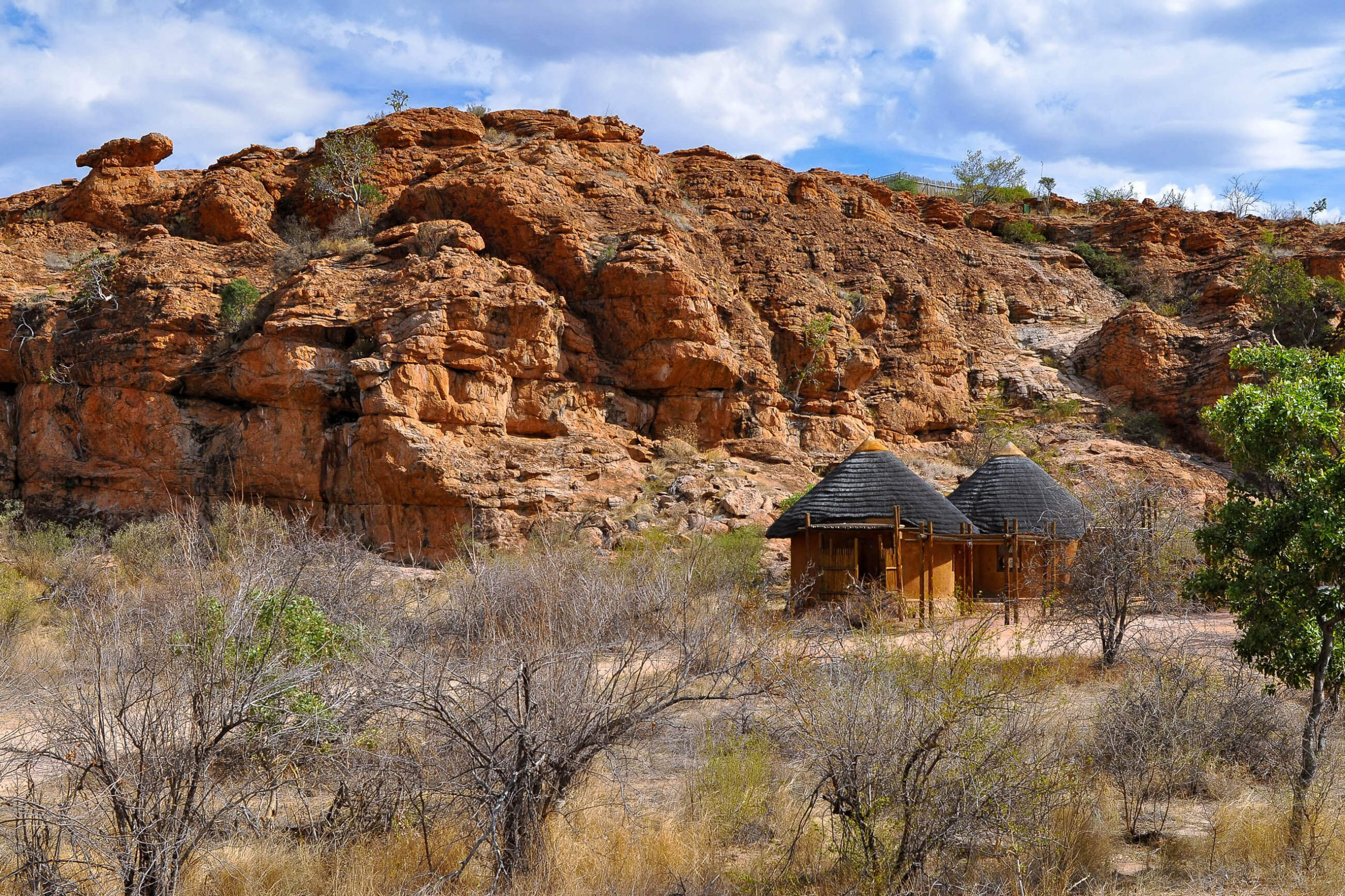- The Kingdom of Mapungubwe was a pre-colonial iron age state in Southern Africa.
- It was located at the confluence of the Limpopo and Shashe Rivers in what is now the northernmost part of South Africa, near the border with Zimbabwe and Botswana.
- The kingdom existed between the 11th and 14th centuries AD, during a period known as the Late Iron Age.
- The kingdom was formed as a result of several factors, including population growth, the development of agriculture and trade, and the emergence of new forms of leadership and social organization.
- Like most late iron age states in Southern Africa, not everyone was equal in the kingdom
- Mapungubwe was a highly stratified society, with a ruling elite controlling access to key resources such as cattle and ivory, and a large population of commoners who worked the land and paid tribute to the king.
- The kingdom was built on trade, with Mapungubwe serving as a key centre for the exchange of goods between inland Southern Africa and the Indian Ocean coast.
- The decline of the kingdom is not well understood, but it is thought to have been caused by a combination of factors, including ecological stress, political instability, and external pressures from neighbouring states.
- The kingdom was rediscovered in the early 20th century by archaeologists, who uncovered a wealth of artefacts and evidence of a sophisticated and highly organized society.
- Notable kings of Mapungubwe include the legendary king Tshiliso, who is said to have built the kingdom’s famous hilltop complex, and it is also historically documented king Mwene Mutapa, who ruled over a vast empire stretching from modern-day Zimbabwe to Mozambique had some sort of influence on this kingdom
- He is believed to have come to power in the late 14th century, after the decline of Mapungubwe, and his kingdom continued to be a major political and economic force in Southern Africa for several centuries.
- There is no single founder of the Kingdom of Mapungubwe, as the state emerged gradually over time through a combination of demographic, economic, and political developments.
- However, it is believed that the earliest settlements in the Mapungubwe region date back to the 9th century AD, and that the kingdom itself emerged around the 11th century AD.
- Archaeological evidence suggests that the people who lived in the region at this time were skilled farmers and metalworkers who traded with other communities both locally and across long distances.
- Over time, these settlements grew in size and complexity, with some communities emerging as regional centres of power and influence.
- The exact process by which these centres coalesced into the Kingdom of Mapungubwe is not well understood, but it is believed to have been a gradual process that took place over several centuries.
- By the time the kingdom reached its peak in the 13th century AD, it was a highly organized society with a complex social hierarchy and a powerful ruling elite.
- The Kingdom of Mapungubwe did not have a long list of documented rulers, but there are a few notable kings who are known from historical records and oral traditions:
- Mwene Mutapa
- King Tshiliso – According to legend, Tshiliso was the founder of the Kingdom of Mapungubwe and the builder of the famous hilltop complex at Mapungubwe. However, little is known about him beyond this.
- King Motshele – He was a later king of Mapungubwe who is known from oral traditions. According to these traditions, he was a skilled warrior who led successful military campaigns against neighbouring states.
- King Nzou – He was another later king of Mapungubwe who is known from oral traditions. According to these traditions, he was a powerful and wealthy king who controlled vast herds of cattle and commanded a large army.
- King Mambo – He was a king who ruled over the Zimbabwean city of Great Zimbabwe in the 15th century. Although Great Zimbabwe was a separate kingdom from Mapungubwe, it is believed to have been closely connected to Mapungubwe culturally and politically.



